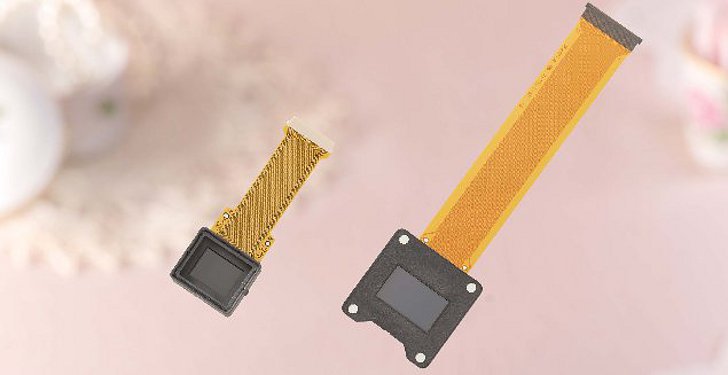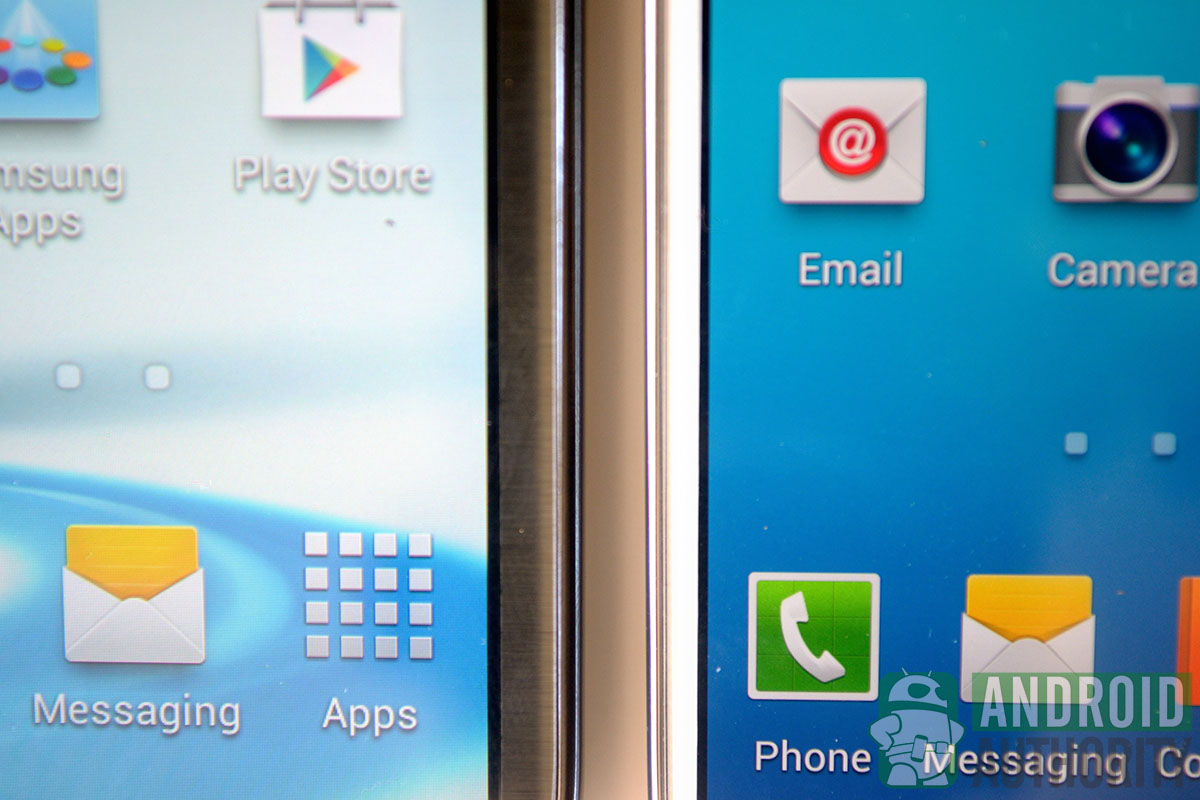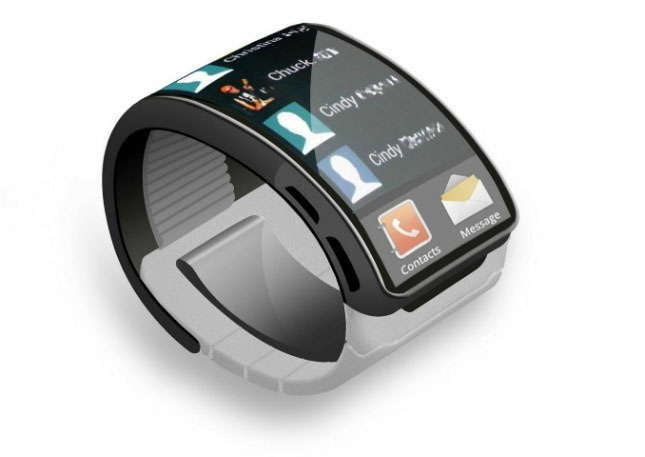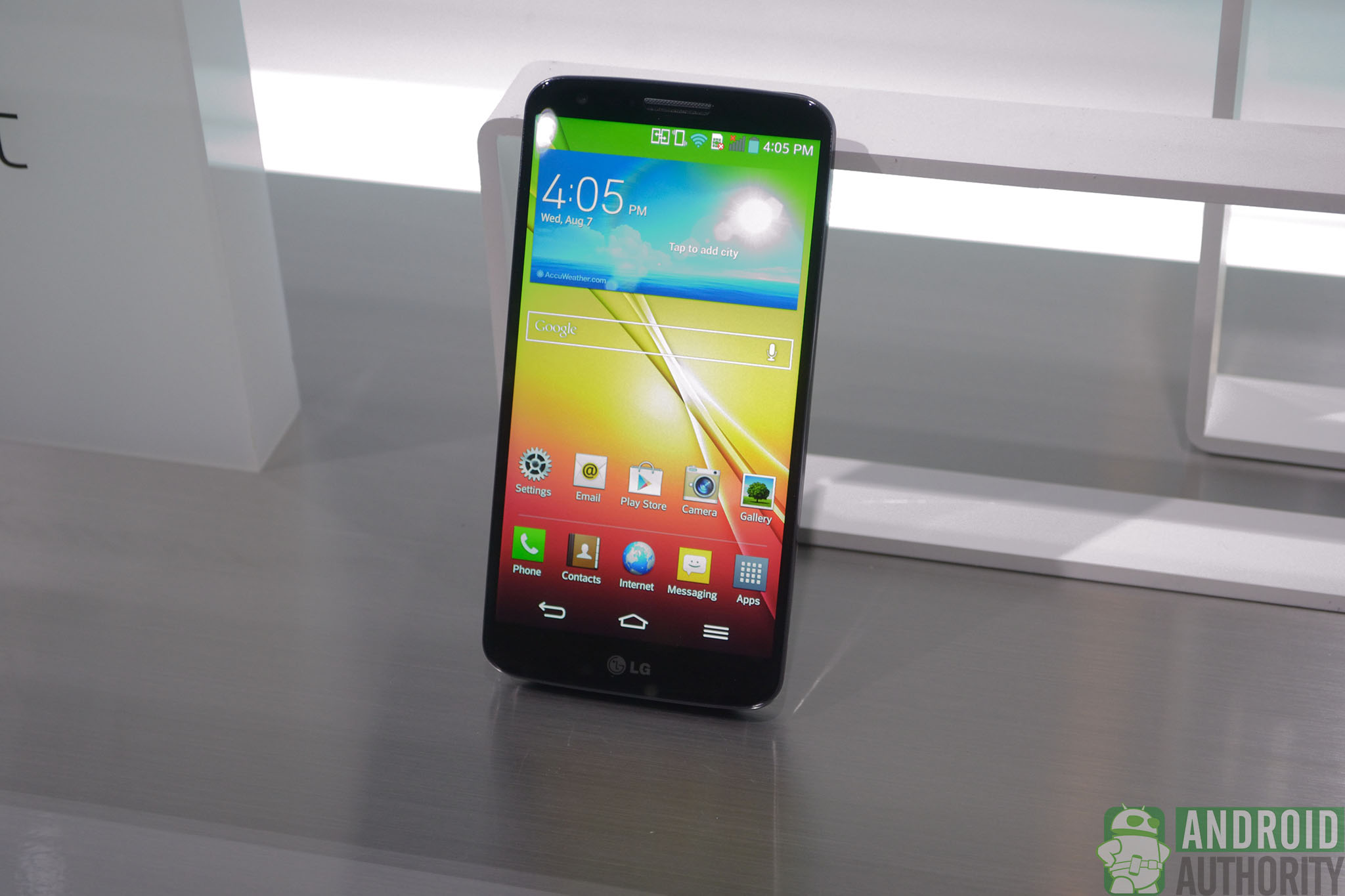Affiliate links on Android Authority may earn us a commission. Learn more.
Insanely high 2098PPI OLED display from Sony makes your 1080p smartphone weep at night

Sony has just announced that they are finally putting to use what many industry experts are considering the highest PPI display ever created. This 0.7-inch (18.0mm diagonal) OLED panel (1280 x 720), is the product of “Sony’s unique OLED and semiconductor silicon drive technologies.” It provides extremely high contrast, and offers excellent color reproduction and a very fast refresh rate, which OLED displays are known for. Why is this a big deal? Read on!
Sony is a big company. While they don’t actually make any real money off their Xperia line of devices, they do have a wide variety of other businesses that do, in fact, make them a lot of money.
One area Sony has traditionally excelled in is in image sensors and displays. Long considered a pioneer of display technology, Sony is now the world record holder of the highest PPI display ever created. That cherished iPhone, the ‘world’s most popular camera’? Yep, that’s a Sony image sensor. Nearly all the current flagships are sporting Sony image sensors from everything I can see here, which undoubtedly serves as a testament to their acumen and expertise in this area.
How high, you say?
Sony has created a display that is very impressive. It is a 1280 x 720 OLED display that is 0.7 inches. In terms of PPI, it’s the highest I’ve ever seen. How high? High. High like 2098 PPI kind of high. To put this into perspective, let’s see how leading smartphones and other mobile devices fair in our PPI density chart of pain!
PPI density is an often debated topic, and was really popularized when Apple began it’s ‘retina’ messaging. Most industry experts say that anything above 300 PPI is closing in on the maximum of what our eyes can delineate and differentiate.

But it’s still not 1080p, and, as a result, won’t appeal to spec hungry mobile technology aficionados who aspire to have the latest technology packed into the most intimate device they own – their smartphone. For an interesting Q&A with an engineer from Motorola, on why they chose the hardware they chose, check out this piece, here.
Looking Forward

Technological innovation is truly an amazing thing. Looking at how far we’ve come in terms of mobile technology, it’s difficult to fully predict the future. What’s on the horizon is higher resolution displays, like the 2560 x 1600 6.1 inch one created by JDI, with strong backing, collaboration and research from two of the leading display manufacturers in the world: Toshiba and Sharp. I predict that we will be seeing 1600p 5 inch+ devices hit the market within 15-18 months from now. Anything beyond this level (500 +/- PPI) starts to get a bit, well, ridiculous.

The Sony OLED display with a 2000+ PPI, at 0.7 inches and with a resolution of 1280×720 is destined for medical and military applications, but will still trickle its way into other consumer electronics. Likely quite expensive, it will get cheaper as more are produced. Currently, this display will be debuted in a mounted display worn by surgeons who perform endoscopy and need a truly life like display in order to make the correct incisions and so forth. So this display, in a way, has the potential to save lives, which is a very novel feat, indeed.

A display of this density and size would be perfect for a few different applications. Imagine photographers who need a high quality HD view finder, or imagine for later variants of smartwatches, that have the capability to do more.
In terms of how this relates to Android, it’s really quite simple. Apple’s iPhone used to be the technological darling of the press, but looking at the technological landscape today, it’s a very different picture. Android devices are the first ones to receive the latest technologies these days, and, from a purely technological perspective, are much more advanced than Apple’s current iPhone 5. While this doesn’t necessarily make any Android device better, it still serves as a testament to how rapidly things change in the world of mobile technology. In other words, if this display ever comes over to consumer devices, cameras, displays, etc — odds are it would arrive in an Android powered device long before anything that comes out of Cupertino.

What sort of applications / devices do you think would be well suited for this kind of display? Are you satisfied with the current crop of high end smartphones packing 1080p displays? Do you think we’re heading into overkill territory at this point or are you holding out for a 4K Android powered smartphone? Let us know down below, we love your comments!